The Ghorepani Poon Hill trek (aka the Poon Hill Trek) is generally regarded as one of the best short treks in Nepal.
Classic treks in Nepal generally require two or three weeks of your time, but one of the great things about the Ghorepani Poon Hill trek is that it can be accomplished in as little as four days, however, most people take five days.
Ghorepani Poon Hill Trek
Several factors contribute to the Poon Hill Trek's popularity: it requires only moderate fitness and is one of the least physically-demanding of Nepal’s treks, making it ideal for families or retirees; there is little risk of altitude sickness (highest altitude is 3,210m); and the accommodation, in the shape of family-run tea houses, is of good quality, so there is no need to cart around tents, sleeping bags (although we do recommend you take a sleeping bag for extra comfort and warmth) and food.
Apart from being a great introduction to trekking for non-trekkers, as well as providing a fantastic experience for those with little time, the main drawcard of the trek is the beauty and diversity of the scenery: one minute there is lush vegetation, the next, terraced rice fields and then alpine areas. All along the trek, the highly attractive fluted peak of Machhapuchhare (Fishtail Peak) dominates the skyline.
Upon reaching Poon Hill, you will be faced by one of the most spectacular mountainscapes on Earth. Poon Hill is 3,210 metres high, and the view at sunrise is a joy to behold, justifying each and every gruelling step you took to get there. From the top of Poon Hill, the snow-capped summits of the Himalayan giants (Dhaulagiri and Annapurna I) are both more than 8,000 metres high, can clearly be seen in addition to many other peaks. When the sun’s rays strike the mountains, they glow like gold.
Having the Himalayas so close, virtually on your doorstep, is breathtaking.
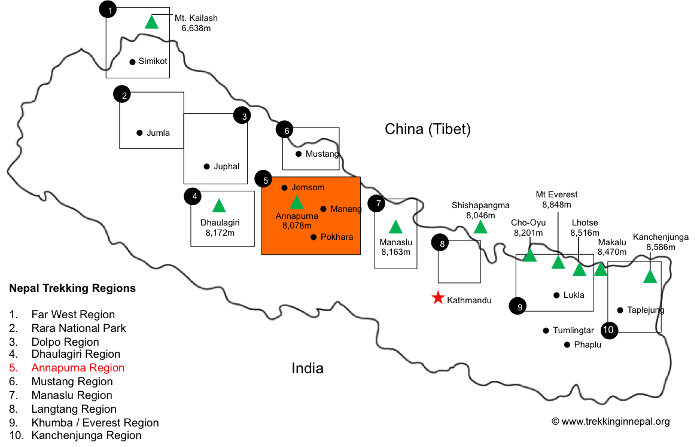
Annapurna Regional Map
The Ghorepani Poon Hill trek is in central Nepal, in the Annapurna region. The nearest big town is Pokhara (see map above).
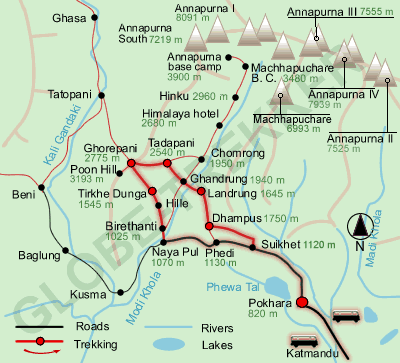
Recommended Map
Unfortunately, there aren’t many great maps available online. The best schematic we have found is above, from Globe Trekker.
There are, however, some good trekking maps of the Annapurna region that you can purchase online.
Annapurna Map by National Geographic is a detailed trekking map for routes from Pokhara along the Marsyandi River, Thorung Pass, and the Kali Gandaki River in the Annapurna Conservation Area.
We also recommend by Ian P Johnson and Around Annapurna 1: 125 000: Annapurna Conservation Area – Annapurna Sanctuary. It includes detailed trails, walking distances and altitudes.
In terms of a single detailed map we recommend the Himalayan MapHouse’s New Annapurna Trekking Trails Map, which can be bought in Kathmandu, Pokhara or on Amazon UK here (unfortunately it is not on Amazon US yet).
We have also provided links and recommendations to new guides and maps below.
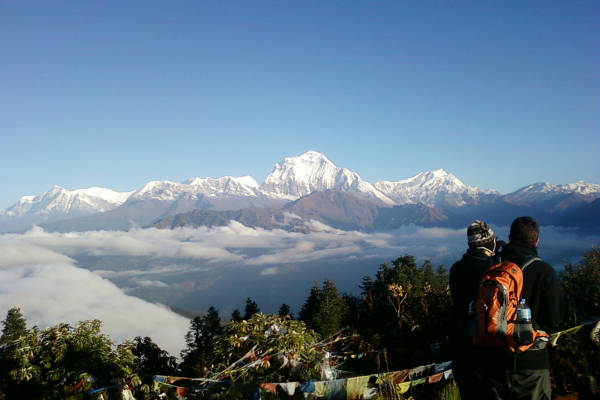
Poon Hill Trek Itinerary
Most people fly from Kathmandu to Pokhara to begin the Ghorepani Poon Hill trek. Flights leave regularly, although weather interruptions / delays are common. The flight takes approximately 30 minutes and will set you back between US$70-US$100. Make sure to sit on the right-hand side on the way from Kathmandu to Pokhara as the views are exquisite. Sit on the left-hand side on the way back.
If you want to save money, you can catch a tourist bus from Katmandu which generally takes 6-8 hours (depending on the condition of the roads and police checkpoints). Expect to pay 300-400 Rupees (~US$6).
Day 1: Pokhara – Nayapul – Tikhedunga
Trekking begins at Nayapul Crossing – the suspension bridge over the Modhi Khola river – following a pleasant one-hour drive from Pokhara. You can either catch a bus or get a taxi (~1,500 NPR) from Pokhara to Nayapul. The Modi Gorge is home to hundreds of bird species.
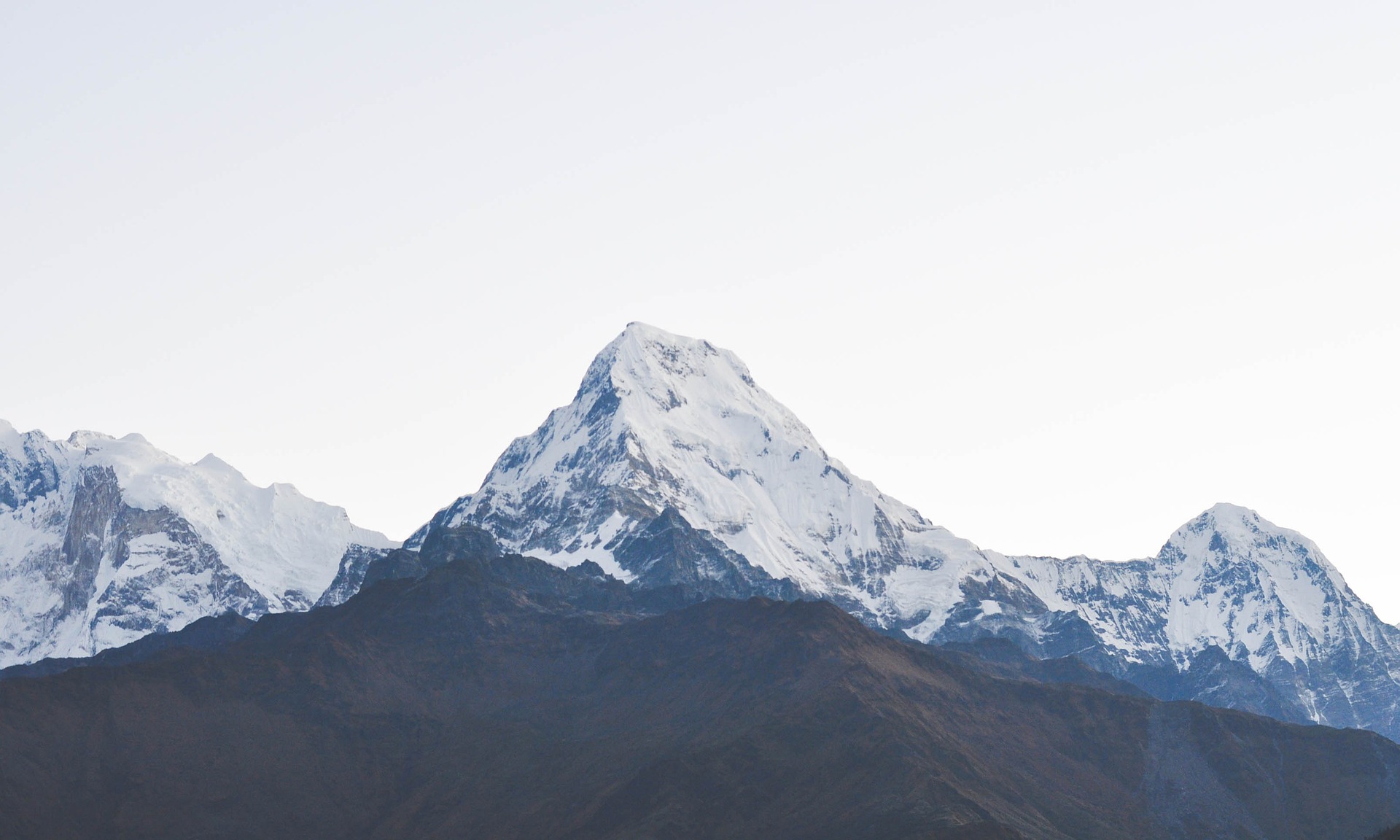
Day 2: Tikhedunga to Ghorepani
On the second day, you will walk, mostly through woods including the world’s largest rhododendron forest, until, after negotiating around 3,500 stone steps at Ulleri Hill, you reach the Ghorepani Village base camp. The name means “horse water” and it was so-called because many ponies would often take water there on their way to or from Tibet.
Ghorepani is festooned with closely packed rhododendron trees, which is appropriate enough given that the rhododendron is the national flower of Nepal. These forests are at their most beautiful when they bloom in spring, bearing red flowers. Around 7-8 hours will be given to walking on day 2, and the first great views of the Annapurna range will be seen on this day.
Day 3: Ghorepani to Ghandruk
The third day commences at dawn (approximately at 5am) in order to catch the first ray of sunlight on Poon Hill. The walk from Ghorepani to Poon Hill takes about 45 minutes. During high season (April-May, Oct-Nov) there are sometimes up to 300 trekkers on this section of the trail. Poon Hill is 3,210m above sea level and marks the highest point on the trek.
From the top, you will experience that view, all 360 degrees of it! Mountains stretch as far as the eye can see – 30 of the devils. The tallest are Annapurna (26 545 feet), Annapurna South (23,684 feet), Dhaulagiri (26,795 feet), Hiunchuli (21 132 feet), Lamjung Himal (22 707 feet), Machapurhre (22 943 feet), Nilgiri (22 769 feet) and Tukuche (22,703 feet). This is a sight you will remember to your dying day.
After spending a good hour or two at the top of Poon Hill, you will descend back to Ghorepani, where you will encounter the green landscapes, local birds, rocks, waterfalls and wild animals you might have missed due to poor visibility on the way up.
After Ghorepani, you will descend to the beauteous Gurung village of Ghandruk, home of the Gurkhas, which sits in the lap of the Annapurnas, foothills of the Himalayas. The Gurungs are one of Nepal’s largest ethnic groups and they have their own dialect, clothing and lifestyle. This village is well-known for its traditional houses, rich culture and great landscape, but it also has an incongruously respectable internet service. If you choose not to partake of the culture at first hand, there is a museum dedicated to it, which is well worth the visit.
Day three is a fairly long affair – approximately 10-12 hours (including time spent at Poon Hill).
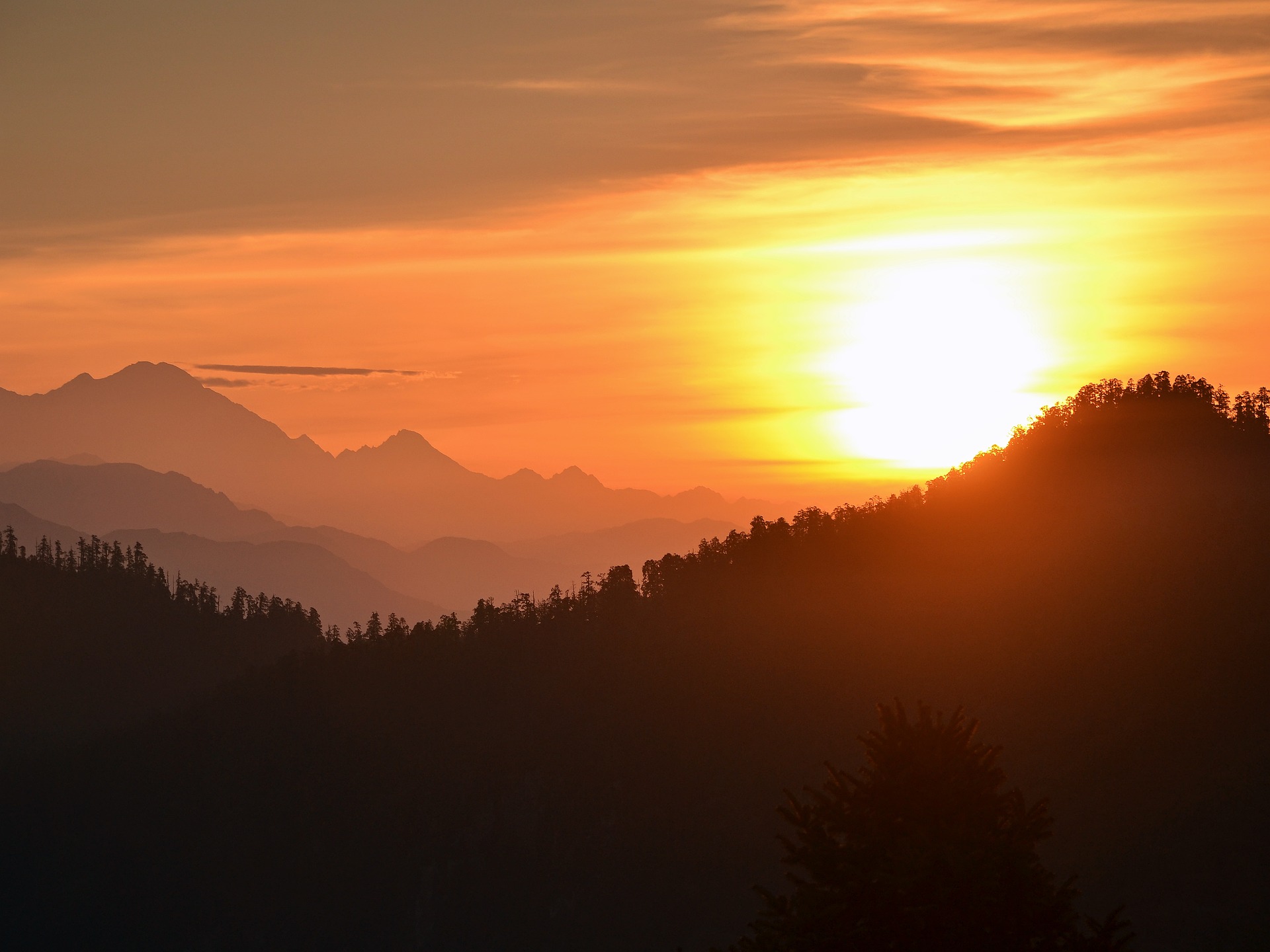
Day 4: Ghandruk to Deurali
On day four, you descend rapidly through forests, which will take its toll on your knees (good idea to have trekking poles for this section of the trek). The trail eases after three-and-a-half hours’ walking. You will end the day at the small village of Deurali, which sits at the end of a forested path, and is in fact not far from a road that could take you back to Pokhara if you were pushed for time.
Total trekking time on day 4 is 8-10 hours. The Hotel Trekkers Inn in Deurali is a cheap and cheerful place to rest your head.
Day 5: Deurali back to Pokhara
The fifth day takes you to a permit check point at Pothana, where there is road access and you can get a taxi back to Pokhara. Some trekkers continue on to the Annapurna Eco Lodge where you can overnight or catch a taxi back to Pokhara via Nayapul. The trek on this day is short (4-5 hours) and mostly across flat land.
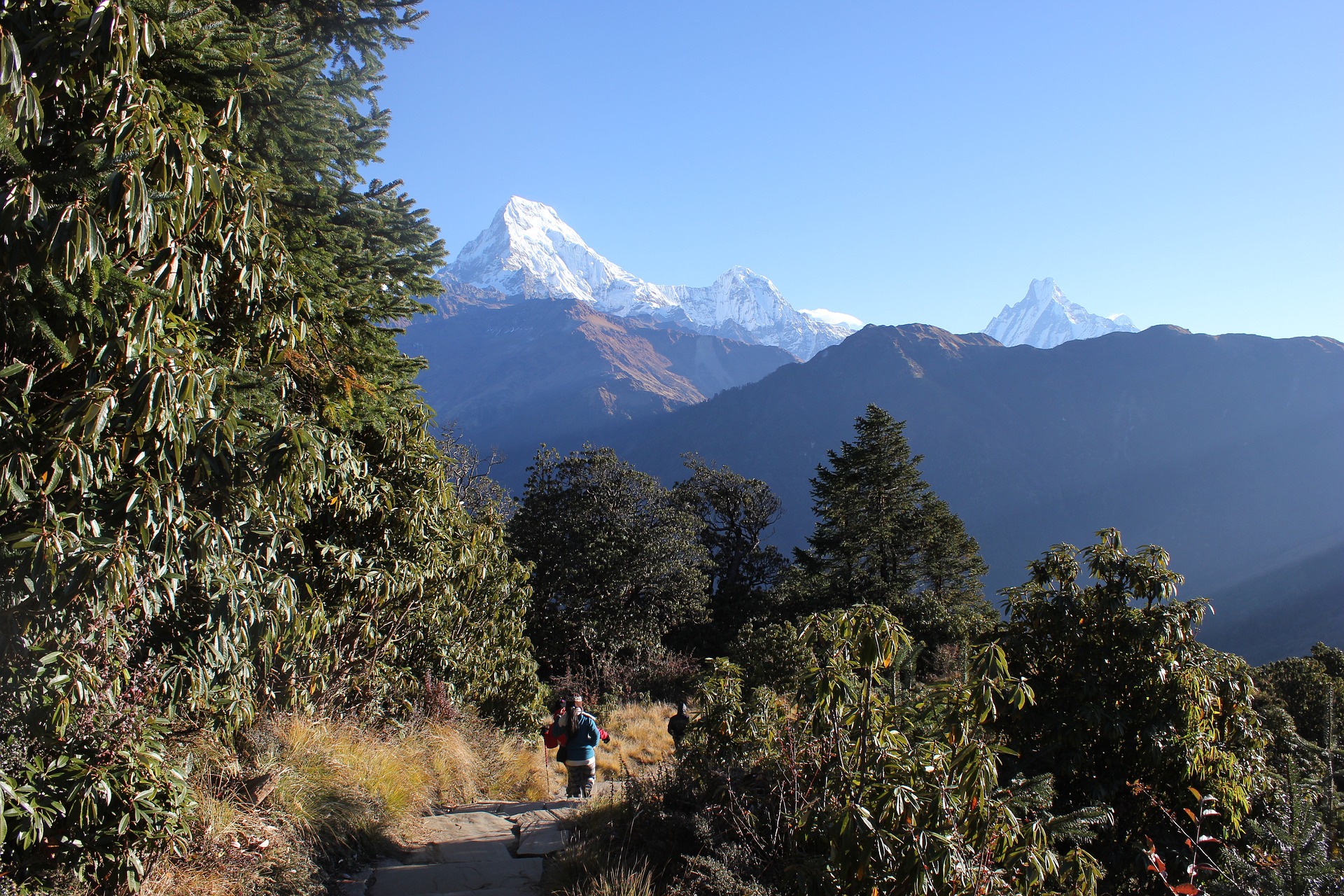
Poon Hill Hike FAQ
How much does the Poon Hill trek cost?
The cost of a Poon Hill Trek is about $1000 per person. This includes transportation, travel documents, accommodation, food and drinks, hiking gear etc. The cost is ultimately determined by which tour option you choose.
There are essentially three ways to do the Ghorepani Poon Hill trek:
- Unassisted (i.e. no guide or porter)
- Assisted (with a guide and/or porter) and
- With a tour operator
Costs vary depending on which way you choose to organise your trek but generally the following costs can be expected:
- Flights to and from KTM-Pokhara: US$150
- Taxis to and from Pokhara-Nayapul: US$30
- Teahouses (Average of 350 Rupees per night for 5 nights): US$20
- Food (Average of 300-400 Rupees per meal / 15 meals): US$50
- Water (Average of 3 litres a day at 60 Rupees a litre / 15 litres in total): US$10
- Permits (Annapurna Conservation Permit + TIMS Trekking Permit + Commission): US$35
- Guides / Porters (US$25 per day for a guide, US$15 for a porter): US$200
- Rentals of gear (assume US$50 on average): US$50
- Spare cash for miscellaneous things: US$50
- US$600-700 per person on average
You could shave this down to US$200 per person if you went unassisted, used a bus to get to Pokhara and budgeted carefully through-out. You should expect to pay closer to US$900-1300 per person (including airfare and accommodation in KTM and Pokhara) if you used a Nepal trekking company to organise the full tour. If you would like a recommendation on a tour company, check out this article on finding the best trekking agency in Nepal.
Are permits required for the Poon Hill hike?
Yes, two permits are required to undertake the Ghorepani Poon Hill trek: the Annapurna Conservation Permit, costing 1,000 Rupees per person (an earth-shattering US$12), and the TIMS Trekker’s Permit, which will set you back 1,825 Rupees (US$18 per person). These can be secured for you by your guest house or tour operator, who will generally charge a commission fee of 500 Rupees.
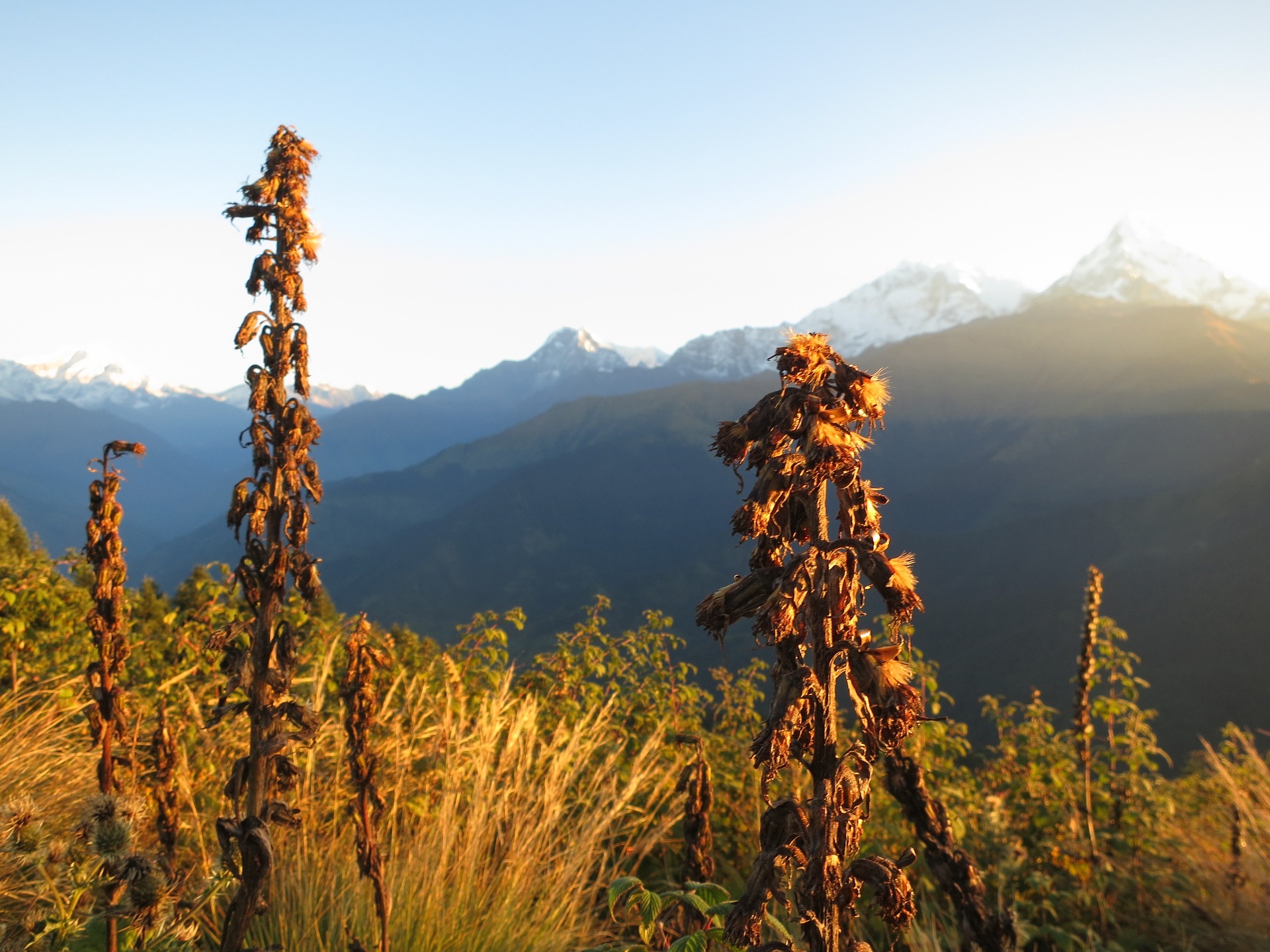
When is the best time to trek to Poon Hill?
The best seasons for Poon Hill trek are spring (March to May), and autumn (from mid-September to mid-December). The weather will be warm by day and the sky clear. Views are outstanding. At night, temperatures can be below freezing. Trekking in winter is possible but less popular.
Towards December, the weather starts getting particularly cold and the routes get distinctly quieter. If you are a hardened trekker a winter Annapurna Circuit (late December through February) can provide a very authentic experience out of trekking season in Nepal.
The main challenge of a winter trek, apart from the cold, is the snow and ice that often obstructs the higher trails and the Thorung Pass. During bad winter seasons, these trails may be closed.
Is altitude sickness a risk on the Ghorepani Poon Hill Trek?
Yes, altitude sickness is a risk on the Ghorepani Poon Hill trek because it ascends to some high-altitude points. At its highest point, you will reach an altitude of 3,210 meters (10,531 feet). There is a steep section on this trek where you will ascend very rapidly.
That's why it is important to have a solid understanding of the risks associated with high altitude trekking and how the body acclimatises to high altitude. We recommend you read our detailed article on Altitude Sickness and Acclimatisation.
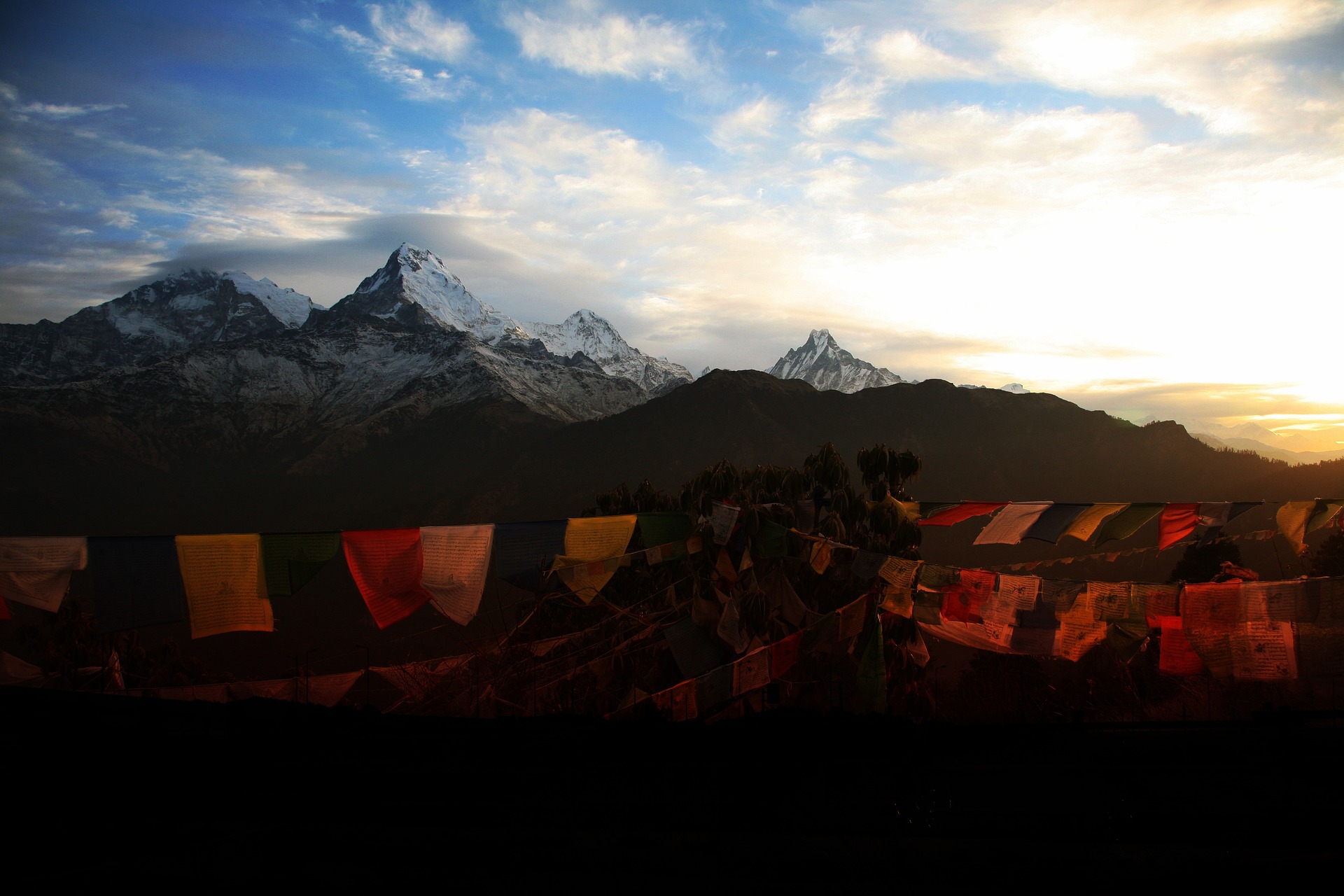
How difficult is the Poon Hill Trek?
The Ghorepani Poon Hill Trek is considered one of the easier treks in Nepal and older hikers and young families often complete the trek. You will need a basic level of fitness as you will be walking for some miles for at least 5 days.
What gear do I need to pack for the Poon Hill hike?
You need a number of essential pieces of trekking gear for hiking the Poon Hill trek.
Much of your gear can be rented or bought in Kathmandu, but we strongly suggest bringing the most important pieces of gear and equipment with you. To help you plan and prepare for your trek, we recommend reading our hiking gear packing list.
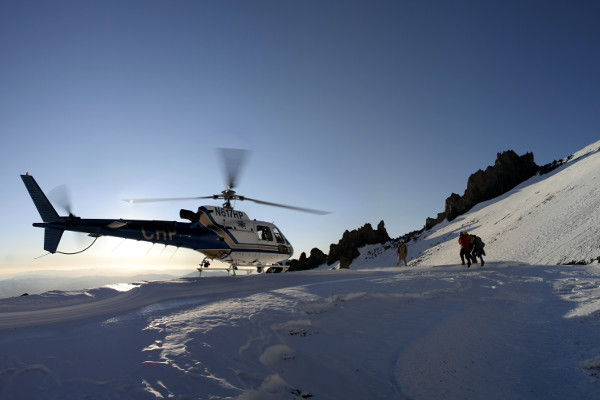
Do I need insurance for the Poon Hill Trek?
Yes, you need trekking insurance for the Ghorepani Poon Hill Trek. If an accident or incident should occur that requires immediate medical assistance and evacuation, you will most definitely want adequate trekking insurance that can cover the costs of air ambulance and treatment.
Make sure you have insurance that covers you for any travel related risks, like lost, stolen, damaged or delayed baggage, interruptions and flight delays and tour operators' default.
Please read our article on Insurance for trekking Nepal, which provides great information on what type of insurance you'd need.
Are there any recommended guidebooks for the Ghorepani Poon Hill trek?
Yes, there are a few guidebooks that we recommend for the Ghorepani Poon Hill trek. There are two excellent guidebooks that provide specific information on the trek and the overall region.
No products found. (Travel Guide) by Bradley Mayhew, Joe Bindloss and Lonely Planet is the best all-round trekking guide for Nepal. It includes 30 detailed itineraries on the most popular routes, including the Ghorepani Poon Hill trek, Everest Base Camp hike and the Annapurna Circuit.
There's also Annapurna: A Trekker’s Guide (New edition – 2013) by Sian Pritchard-Jones and Bob Gibbons, which is the most authoritative guide on the Annapurna region with specific information on the Ghorepani Poon Hill trek.
You are also welcome to have a look at our recommended library of Nepal books and guidebooks for more options.
Continue browsing
See more information on Nepal. Or check out these other Nepal hiking articles:

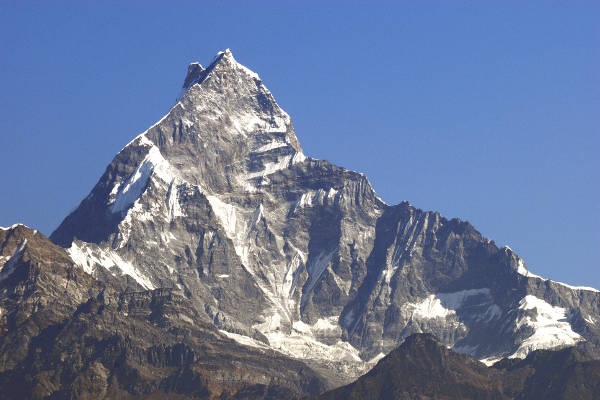
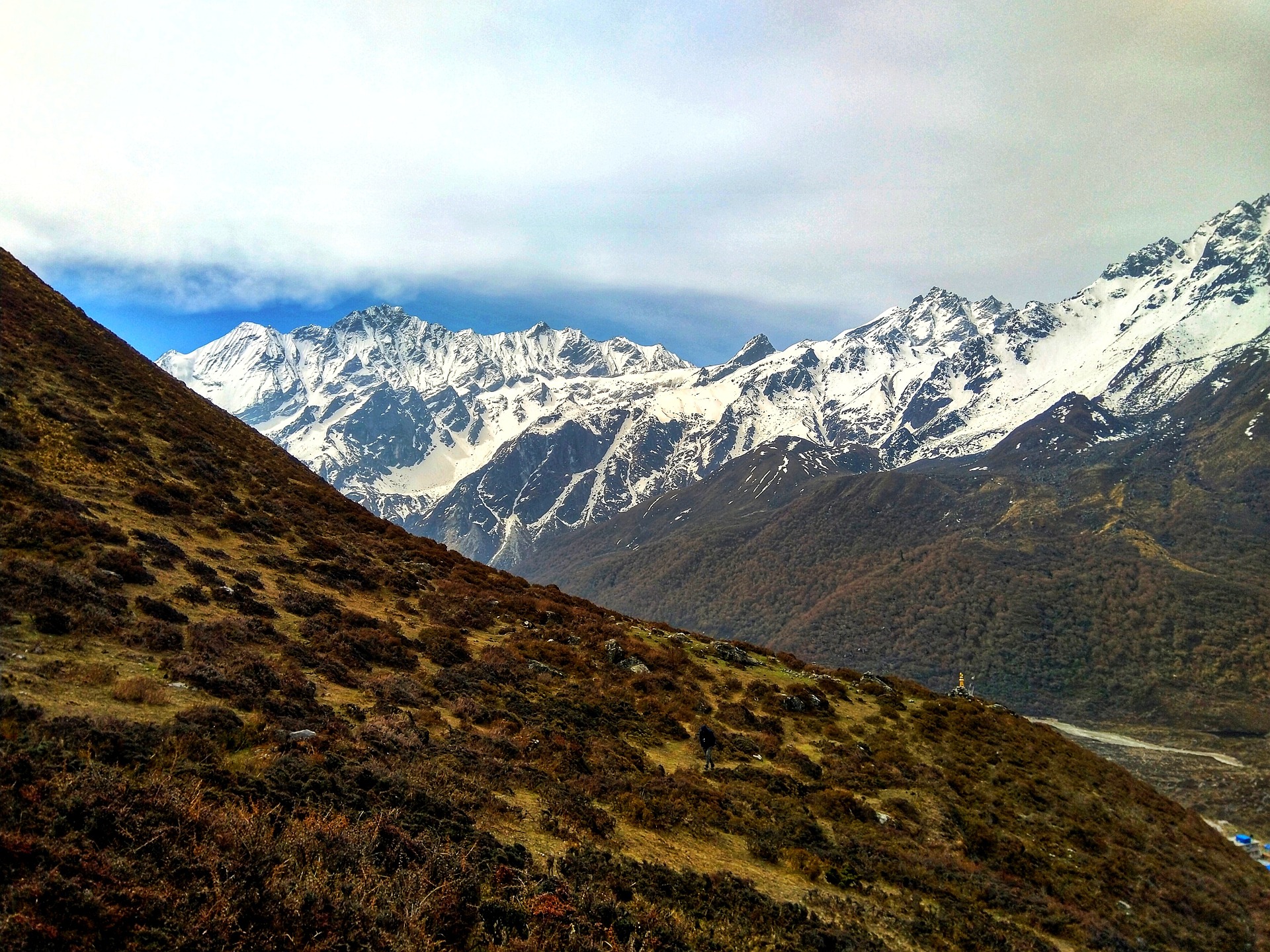
Hello I am headed to Nepal in May with a couple friends and we are experienced trekkers. We are looking for a challenging route that can be done in less than 10 days. Any help would be most appreciated.
Hey Aaron, if you only have 10 days then check out the Annapurna Base Camp trek or Langtang Trek. All the best!